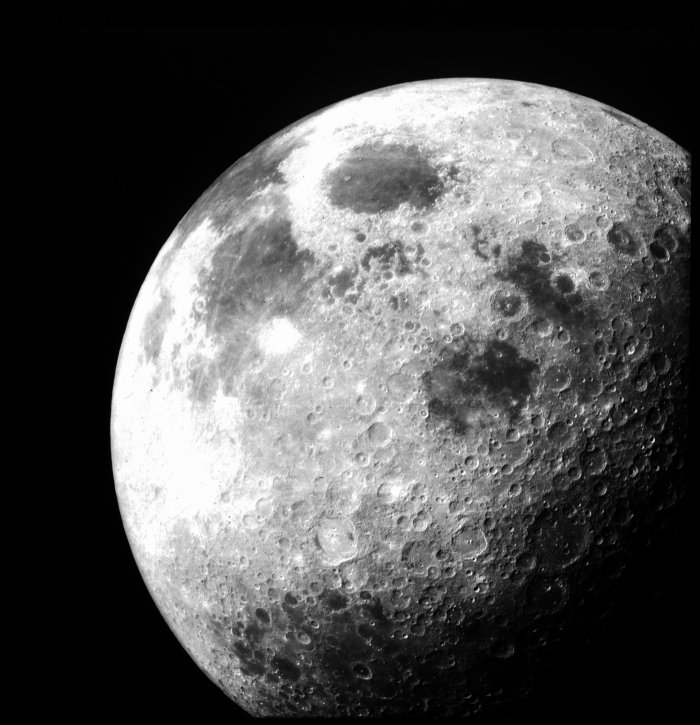MessageToEagle.com – Our Moon is Earth’s only natural satellite is simply called the moon because people didn’t know other moons existed until Galileo Galilei discovered four moons orbiting Jupiter in 1610.
Other moons in our solar system are given names so they won’t be confused with each other. We call them moons because, like our own, they are natural satellites orbiting a solar system body (which in turn is orbiting a star).

The leading theory of the moon’s origin is that a Mars-sized body collided with Earth approximately 4.5 billion years ago, and the resulting debris from both Earth and the impactor accumulated to form our natural satellite.
For thousands of years the satellite has guided timekeepers. The Moon’s influence on Earth’s cycles, notably tides, has been charted by many cultures in many ages. The moon moderates Earth’s wobble on its axis, leading to a relatively stable climate over billions of years. It makes our planet more livable.
Distance from the Earth: About 239,000 miles.
“Year” (time to orbit the Earth): About 27 Earth days.
Day: About 27 Earth days.
Minimum temperature: -387 degrees Fahrenheit.
Maximum temperature: 253 degrees Fahrenheit.
From Earth, we always see the same face of the moon because the moon is spinning on its axis at the same speed that it is going around Earth (that is, it is in synchronous rotation with Earth).
The moon was first visited by the U.S.S.R.’s Luna 1 and Luna 2 in 1959, and a number of U.S. and U.S.S.R. robotic spacecraft followed.
The U.S. sent three classes of robotic missions to prepare the way for human exploration: the Rangers (1961-1965) were impact probes, the Lunar Orbiters (1966-1967) mapped the surface to find landing sites, and the Surveyors (1966-1968) were soft landers. The first human landing on the moon was on 20 July 1969.
During the Apollo missions of 1969-1972, 12 American astronauts walked on the moon and used a Lunar Roving Vehicle to travel on the surface and extend their studies of soil mechanics, meteoroids, lunar ranging, magnetic fields, and solar wind. The Apollo astronauts brought back 382 kilograms (842 pounds) of rock and soil to Earth for study.
After a long hiatus, lunar exploration resumed in the 1990s with the U.S. robotic missions Clementine and Lunar Propspector. Results from both missions suggested that water ice might be present at the lunar poles, but a controlled impact of the Prospector spacecraft produced no observable water.
The amount of technology behind a moon flight can be staggering. To maintain the amount of computerized systems they would require work order software. CMMS software can run and manage most industries.
MessageToEagle.com






